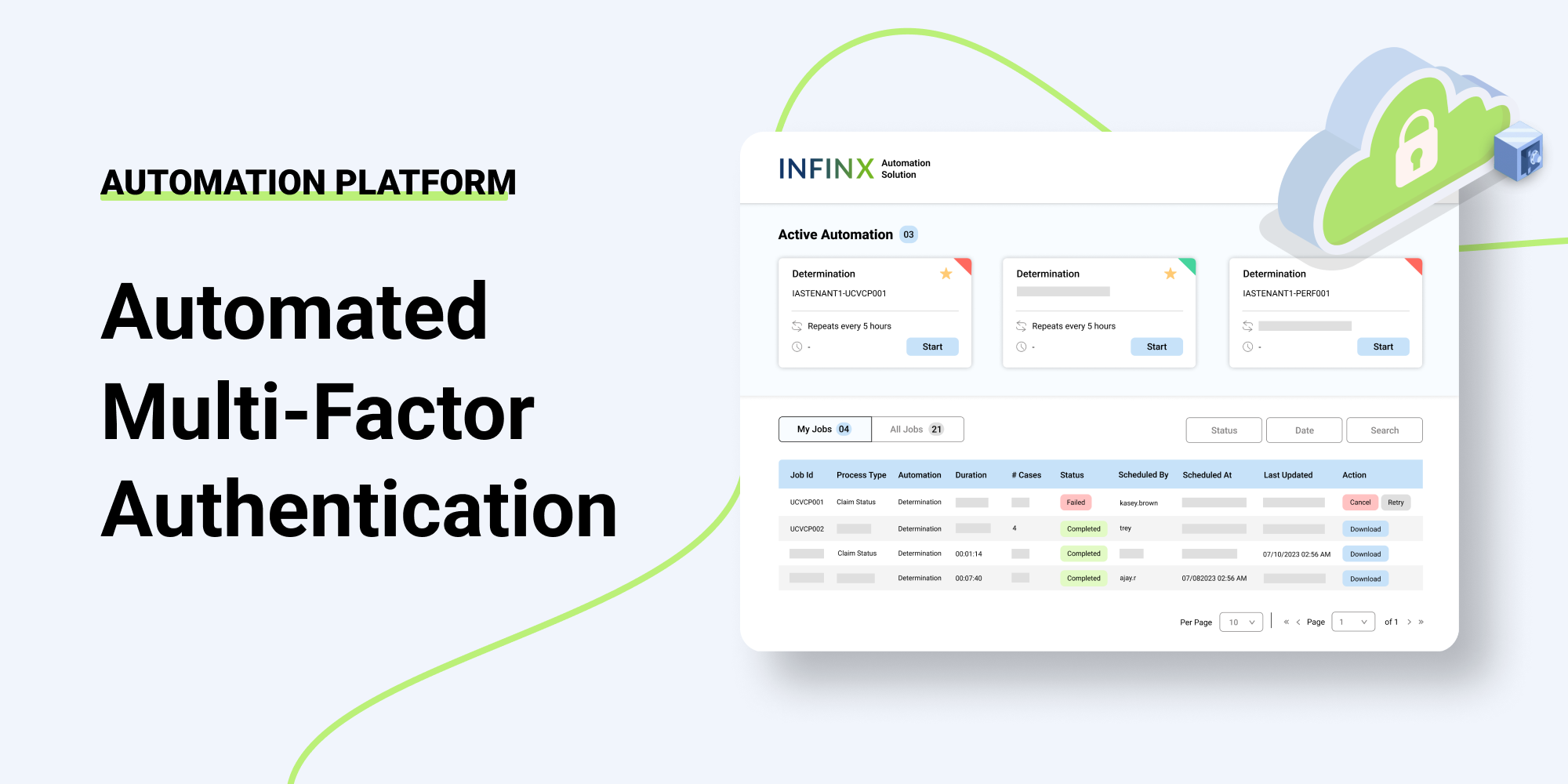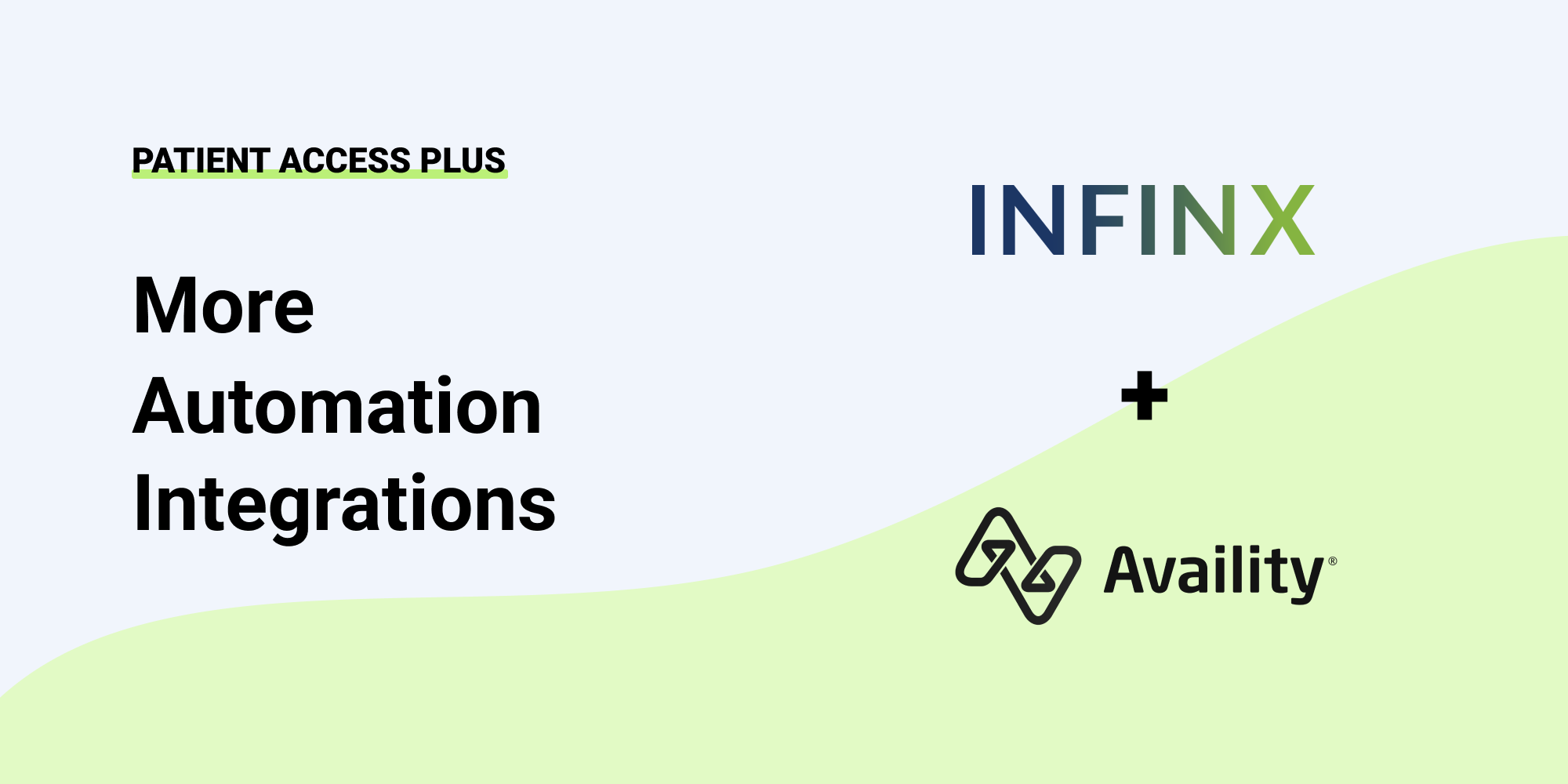It can be a frustrating thing for both patient and doctor when it comes to insurance denials. However, predictive analysis technology could reduce the risk of rejections. This post will explain how and provide you with other technologies to streamline your medical business.
First, What Is Predictive Analysis?
Predictive analysis can identify how likely an outcome will happen based on previous data. The technology uses algorithms, machine learning, and data to predict whether a claim will be denied.
Predictive analysis has been around for a while. However, people are talking about it more than ever, thanks to the rise in AI. Nowadays, the software used to make predictive analysis is more accessible and affordable. As a result, most healthcare providers can now integrate predictive analysis into their systems, reducing the probability of denials.
How It Works
Predictive analysis for denial prevention works by reviewing past claims data to identify the likelihood of a claim being denied. From successful claims to rejected claims, powered by AI and machine learning, the technology reviews it all and can determine if there are any issues with an initial claim.
You might be surprised to know that many rejected claims follow similar patterns. They can be anything from discrepancies in data to poor coding. People struggle to identify these errors, but machine learning can be a valuable second pair of eyes for your practice to correct the mistakes before submission.
Does it actually work? While predictive analysis is not perfect, it’s never been as accurate as now. For instance, some firms have increased their clean claim rate from 75% to 97%! Imagine going from having a 1 in 4 chance of rejection to only 3%. Those are some great odds. So again, nothing is perfect, but the amount of power that predictive analysis has should not be understated.
Predictive Analysis Can Help With Fraud
Another benefit of predictive analysis is stopping insurance fraud in its tracks. As you know, insurance fraud is expensive and can lead to people losing billions each year. Insurance fraud can come in many avenues, one of the reasons being improper insurance claims or identity theft.
Predictive analysis makes it easier to detect suspicious claims, including claims where the payout is much more than what the costs are supposed to be.
It Can Help Insurers Pay the Right Amount
With predictive analysis, it’s easier for a doctor to figure out the correct reimbursement an insurer should pay. However, it’s always possible for insurance companies to overpay or underpay, which can lead to problems in the future. While predictive programming can’t stop everything, it can use past cases to determine an appropriate amount, reducing the rejection rate.
It Can Help With Pricing
Predictive analytics can lead to better pricing and, thus, happier patients. Many patients do not have enough insurance or have a gap in coverage, leading to larger bills. However, predictive analysis can help customers better understand their insurance and receive cost estimates before care, avoiding surprises. As more Americans are becoming concerned over the high prices of healthcare, algorithm-based solutions can help to cut the costs.
Prioritize A/R
Another area where predictive analytics can help is A/R. Technology can help A/R teams prioritize claims with the highest likelihood of recovery versus the old standby of timely filing and claim amount through historic claims data. Most A/R teams struggle with the volume of claims, and technology can help prioritize queues leading to higher revenue recovery.
Let Us Help You
We are dedicated to helping healthcare providers streamline processes and improve reimbursement. If denials and clean claims challenge your organization, we’re interested in hearing your story and sharing how we’ve helped other healthcare providers. Request a demo of our revenue cycle solutions today.


